A New Era in Industrial Manufacturing: Vacuum Emulsifier Homogenizer Mixer Ushers in Efficient Emulsification and Homogenization
The article introduces the vacuum emulsifier homogenizer mixer as a transformative technology in industrial manufacturing, particularly in sectors requiring precise emulsification and homogenization. By integrating vacuum conditions with traditional mixing processes, this machinery addresses limitations of conventional methods, such as air entrapment, oxidation, and inconsistent particle distribution. The term "new era" underscores its potential to redefine efficiency and quality standards across industries.
Efficiency and Process Improvements
The vacuum environment enhances process efficiency by:
Reducing Processing Time: Vacuum aids in faster degassing and heat transfer, accelerating emulsion formation.
Energy Savings: Optimized mixing under controlled conditions minimizes energy waste.
Enhanced Emulsification: Vacuum prevents air bubbles, ensuring stable emulsions with uniform droplet sizes.
Homogenization Precision: Consistent shear forces under vacuum achieve tighter particle size distribution, critical for product uniformity.
Quality and Product Benefits
Key quality advantages include:
Extended Shelf Life: Reduced oxidation and microbial growth due to vacuum sealing.
Improved Texture and Consistency: Uniform particle dispersion enhances product feel and performance.
Chemical Stability: Preservation of sensitive ingredients in pharmaceuticals and cosmetics.
Versatility and Applications
The technology’s adaptability spans multiple industries:
Food & Beverage: Mayonnaise, sauces, dairy products.
Pharmaceuticals: Creams, ointments, and drug suspensions.
Cosmetics: Lotions, serums, and emulsions.
Chemicals: Polymers, coatings, and adhesives.
This breadth suggests significant market potential beyond niche applications.
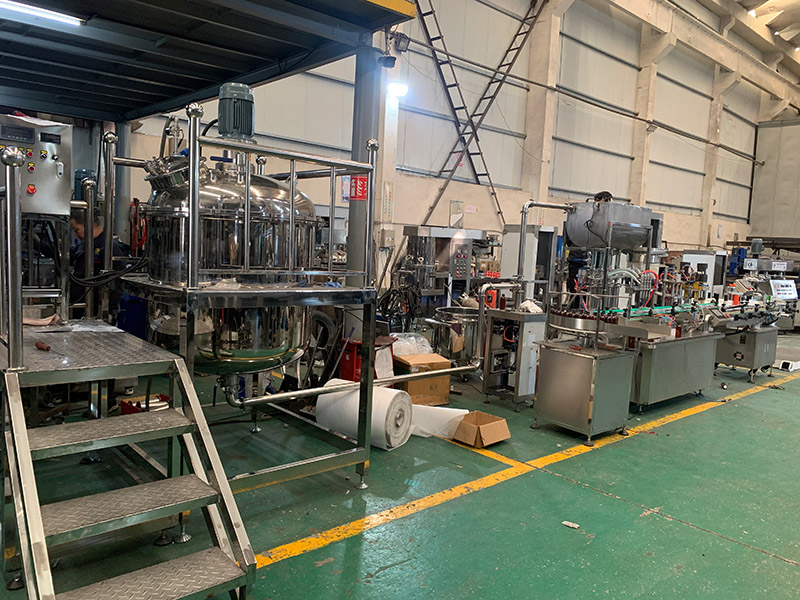
Economic Considerations
While initial investment costs may be high, long-term benefits include:
Reduced Waste: Consistent quality minimizes product rejects.
Labor Savings: Automated systems lower operational oversight.
Scalability: Modular designs accommodate production growth.
A cost-benefit analysis would strengthen the article’s economic claims.
Technological Innovations
Innovative features likely include:
Advanced Control Systems: Precision temperature and vacuum monitoring.
Modular Design: Customizable for varying batch sizes and viscosities.
Smart Sensors: Real-time feedback for process optimization.
Industry Impact and Future Trends
The technology positions manufacturers to meet demands for higher quality and sustainability. Early adopters may gain competitive advantages, driving broader industry adoption. Integration with Industry 4.0 technologies (e.g., IoT, AI) could further enhance efficiency.
Challenges and Considerations
Potential drawbacks include:
Maintenance Complexity: Vacuum systems require rigorous upkeep.
Upfront Costs: Higher than traditional mixers, posing barriers for SMEs.
Scalability Limits: Unknown constraints for large-scale industrial use.
The article’s lack of case studies or comparative data limits its empirical strength.
A Catalyst for Modern Manufacturing
The vacuum emulsifier homogenizer mixer represents a pivotal advancement, merging process efficiency with product quality. While challenges exist, its versatility and innovative design align with industry trends toward automation and precision. As adoption grows, it may indeed usher in a new era of manufacturing excellence, provided that economic and operational feasibility are demonstrated across diverse applications.
News
- Latest News
- Solutions
- FAQ
Recommend Products
-
 10L Vacuum Emulsifying Mixer
10L Vacuum Emulsifying Mixer10L Vacuum Emulsifying Mixer is a device used for emulsifying and mixing various substances in a vacuum environment. It is commonly used in industries such as food, cosmetics, and pharmaceuticals.
-
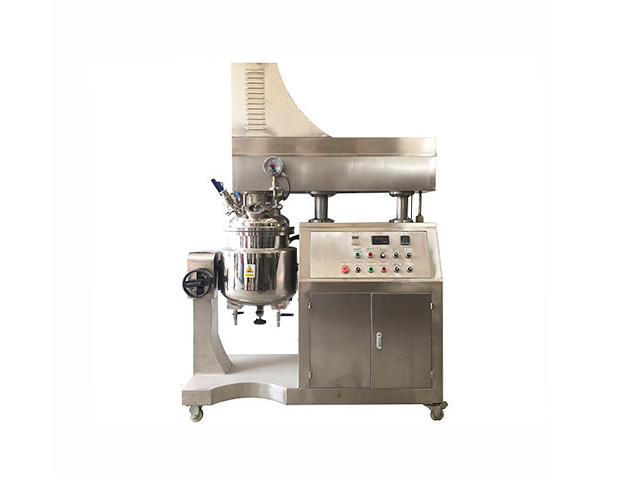 20L Vacuum Emulsifying Mixer
20L Vacuum Emulsifying Mixer20L vacuum emulsifying mixer is a device used for emulsifying and mixing various substances in a vacuum environment. It has a larger capacity and is suitable for handling larger batches of materials.
-
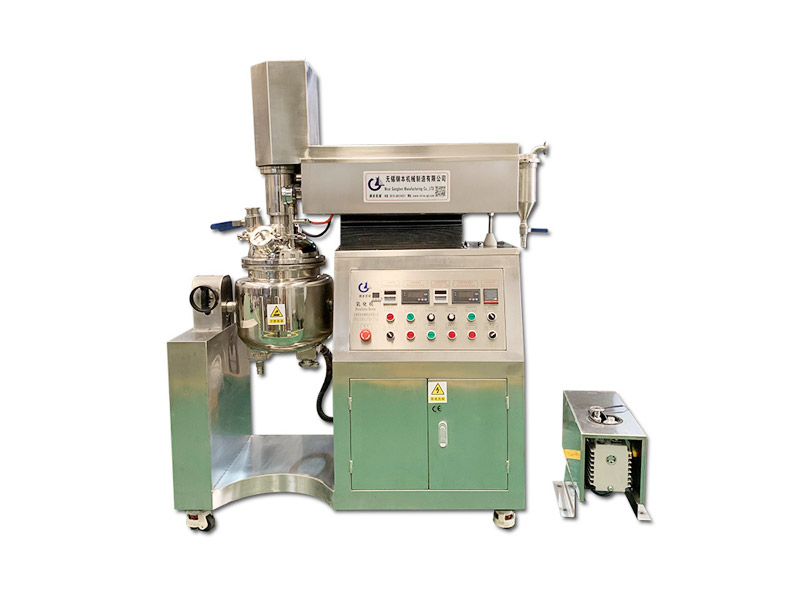 30L Emulsifying Homogenizer Mixer
30L Emulsifying Homogenizer Mixer30L Emulsifying Homogenizer Mixer is a high-speed emulsifying homogenizer mixer that is suitable for various emulsification and homogenization applications. It can be used to mix and emulsify various liquids, such as water, oil, and other liquids, to achieve a stable emulsion.
Recommend Faq
-
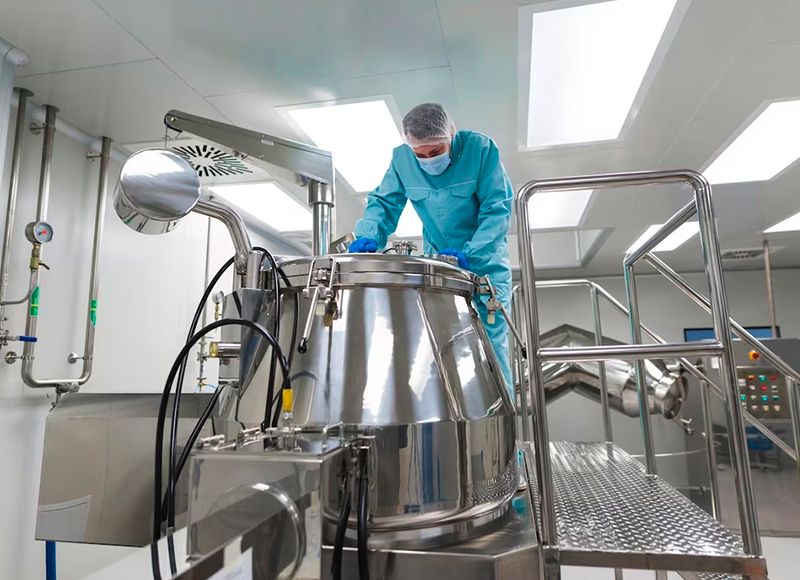 Apr 17,2025
Apr 17,2025The Future is Here: Vacuum Emulsifier Homogenizer Mixer Drives Innovation in Emulsification and Homogenization Technology
-
 Apr 17,2025
Apr 17,2025Revolutionizing the Future: The New Vacuum Emulsifier Homogenizer Mixer Leads Manufacturing Technology Trends
-
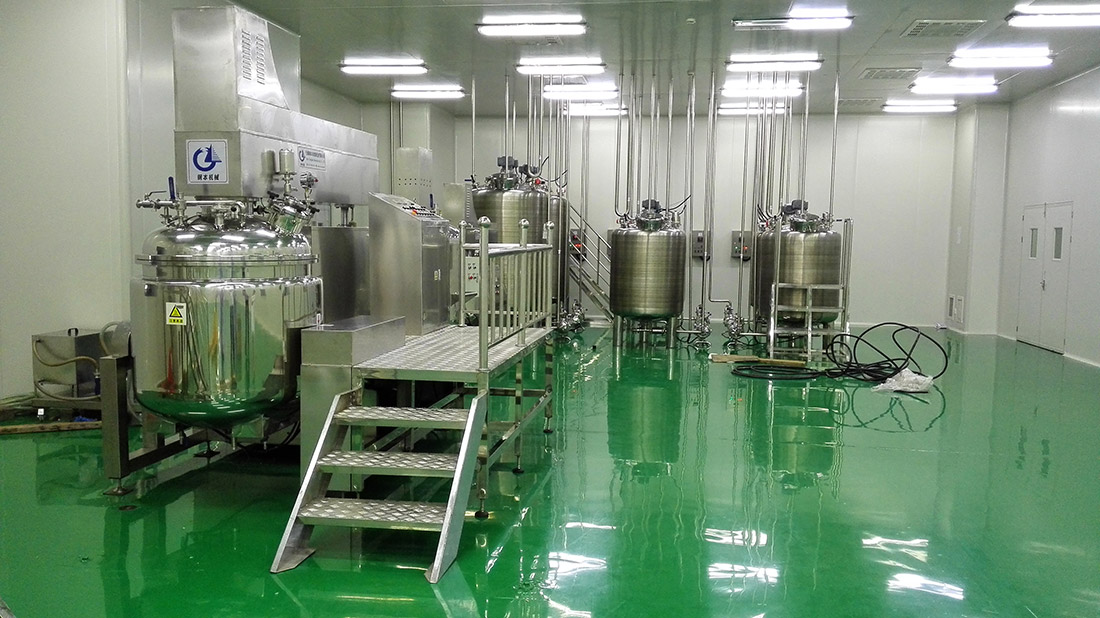 Apr 11,2025
Apr 11,2025Innovative Vacuum Emulsifier Homogenizer Mixer for Seamless Emulsification by Jiangsu GangBen Mixer Manufacturer


 English
English Russian
Russian French
French Spanish
Spanish Portuguese
Portuguese Korean
Korean Japanese
Japanese Thai
Thai


